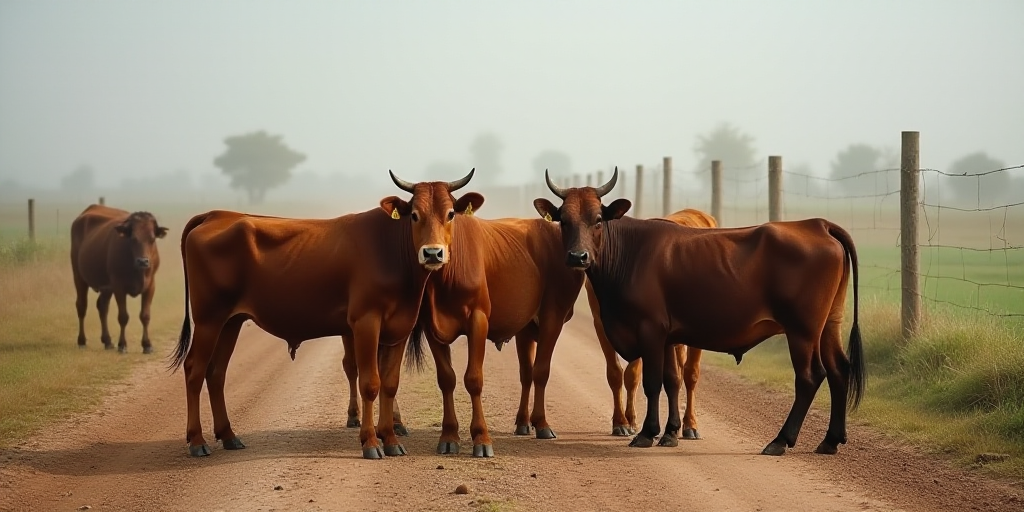Key Details:
The Mexican government reported that at least 900 heads of cattle from Agua Prieta, Sonora, successfully entered the United States following the reopening of the border after implementing measures to combat the screwworm.
Background on Screwworm and its Impact
The screwworm, a parasitic fly whose larvae infest livestock and wild animals, poses a significant threat to the cattle industry. Historically, outbreaks have caused substantial economic losses and animal suffering. In this case, the Mexican government successfully contained the screwworm in southern and southeastern states, ensuring the safety of their cattle for export.
Collaborative Efforts Between Mexico and the United States
The US Department of Agriculture’s Animal and Plant Health Inspection Service (APHIS-USDA) confirmed the containment of screwworm in Mexico during a June visit. This collaboration aims to strengthen joint actions against the screwworm, as both countries work together to protect their livestock industries.
Key Actions and Investments
- Border Reopening: Following successful screwworm containment efforts, Mexico reopened its border with the United States for cattle trade.
- Joint Strategies: Mexico and the United States are working together to combat screwworm outbreaks through information sharing, coordinated inspections, and joint research.
- Investment in Screwworm Control: Both countries are investing $51 million to transform an old breeding and sterilization plant for the Mediterranean fruit fly in Metapa de Domínguez, Chiapas, into a production facility for sterile screwworm larvae.
- Financial Contributions: Mexico will contribute $30 million, while the United States will provide $21 million for this initiative.
Key Questions and Answers
- What is the screwworm? The screwworm is a parasitic fly whose larvae infest livestock and wild animals, causing significant economic losses and animal suffering.
- Why is the border reopening important? The reopening signifies that Mexico’s cattle industry is safe from screwworm infestations, allowing for the resumption of cattle trade with the United States.
- What joint efforts are Mexico and the US undertaking? Both countries are collaborating on information sharing, coordinated inspections, joint research, and investing in a sterile screwworm production facility.
- What is the significance of the $51 million investment? This investment will transform an old plant in Chiapas into a production facility for sterile screwworm larvae, enhancing screwworm control efforts in both countries.






